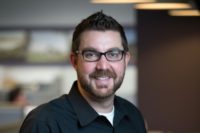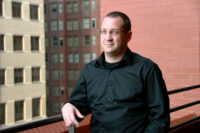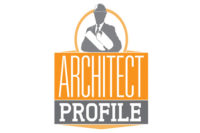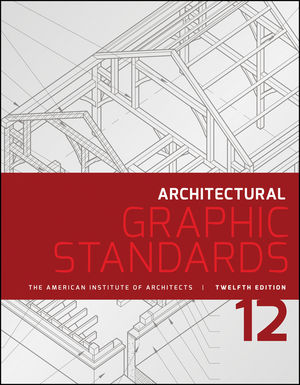Raths, Raths & Johnson Inc. assists clients nationwide under one central office in Willowbrook, Ill. Since 1966, the firm has provided specialized engineering and architectural services for investigation, repair, and restoration of damaged and deteriorated existing structures of all material types.
Unique to RRJ is its laboratory and library facilities. Prototype and component testing for research, investigation and design verification is performed in-house or in the field with instrumentation via a comprehensive data acquisition system. The library facility contains historical volumes dating back to the 1960s including building codes and manufacturer’s data, an invaluable resource to them for analyzing older structures.
W&C Architect interviewed the company’s Robert J. Kudder, Senior Consultant, formerly a Principal, who has 40 years of experience.
W&C Architect: How many years do you have in the profession?
Kudder: Since 1972, 40 years.
W&C Architect: What is your work history in this field?
Kudder: Taught in a pre-engineering and building construction associate degree programs; as a structural engineer with Wiss, Janney & Elstner from 1972 to 1979; at Raths, Raths & Johnson since, becoming a Principal in 1986.
W&C Architect: Where did you go to school?
Kudder: Bachelor of Engineering from The Cooper Union in New York, Masters and Doctorate from Northwestern University in Evanston, Ill.
W&C Architect: Did you have a specialization?
Kudder: Building science, testing, evaluation and repair of buildings, particularly facades.
W&C Architect: Do you approach architecture from an artistic or functional starting point? Are the two concepts exclusive?
Kudder: I am an engineer, and approach buildings as a technical creation with functional objectives such as safety and weather resistance. Artistic considerations are not in my DNA – just ask my wife.
W&C Architect: If any, who are your role models?
Kudder: My role models are all technically accomplished engineers and architects with astute problem-solving and analytical skills. They include Richard Elsnter, Jack Janney, Charles Raths, Charles Parise and Tom Schwartz. There are also individuals I am privileged to know with a strong commitment to quality design and construction, chief among them being Paul Johnson of the Smith Group and Jeff Erdly of Masonry Preservation Services.
W&C Architect: What projects, other than your own work, do you find inspiring?
Kudder: I am most inspired by skillful and creative repairs in which the problem is carefully diagnosed and the solutions are focused and efficient. Some project by others include the rescue of Falling Water in Pennsylvania, the Guggenheim Museum in New York, the Hancock Building in Boston, and the Standard Oil Building in Chicago. I still haven’t decided if the approach to repairs of the Parthenon in Athens makes sense or not, but it is certainly an admirable effort.
W&C Architect: How many buildings have you designed?
Kudder: I have never designed a new building from scratch, but have designed dozens of building repairs from large high-rises to small residential buildings. I find all building repairs interesting and challenging.
W&C Architect: If you had to choose one to represent your work, what project would you choose?
Kudder: I consider my best work for the industry and the public not to be a particular project, but to be my work with ASTM and many other knowledgeable volunteers for the development of the ASTM E2128 standard.
W&C Architect: What are your guiding principles when designing a structure?
Kudder: I can only speak to repairing existing buildings. Foremost is to conduct testing and analysis for a reliable comprehensive evaluation of the problem—guessing and folklore have no place here.
Second is to develop repairs which take maximum advantage of the construction already in place in an efficient way. The building already exists, and personal preferences or the notion of doing things all over again the way I would have done it in the first place is not good repair engineering.
Third, to verify through testing and monitoring that the repair is actually effective before it is implemented on the entire building. Again, guessing or hope have no place here either.
W&C Architect: If you could have any building to redesign—anywhere in the world—which would you like to address?
Kudder: Out of curiosity, I would love to do a thermal analysis and monitoring of the exposed slab edges at Aqua in Chicago. Figuring out a way to preserve the aesthetic of the building without energy transfer to the environment like a giant heat exchanger would be a challenge.
W&C Architect: What types of products interest you?
Kudder: Cladding and façade products are of great interest to me, but it is usually the concealed components and installation features that provide the weather and water resistance that interest me the most. When I see a cladding system, my first question is, “What is below the surface that makes the system work?”


















Report Abusive Comment